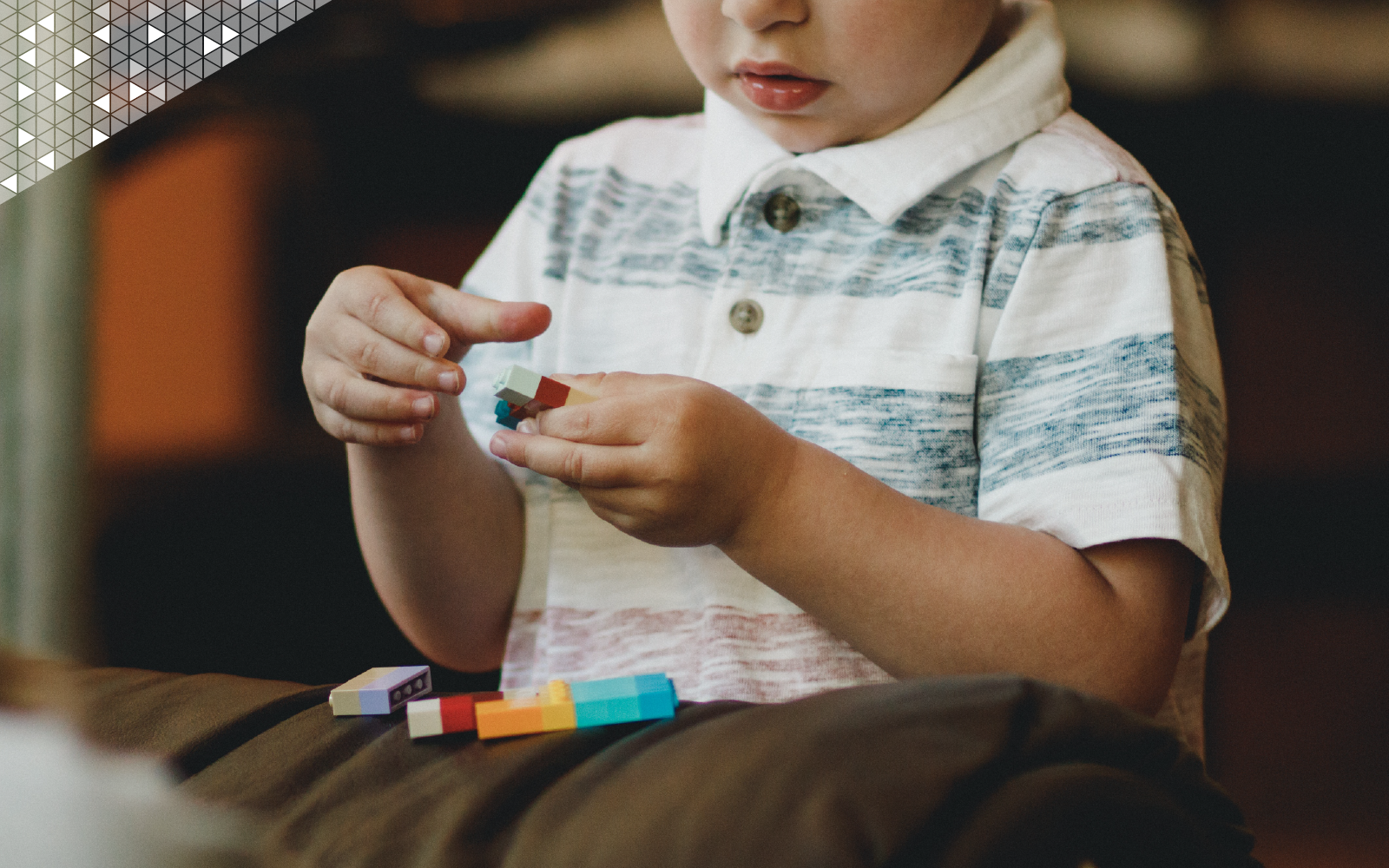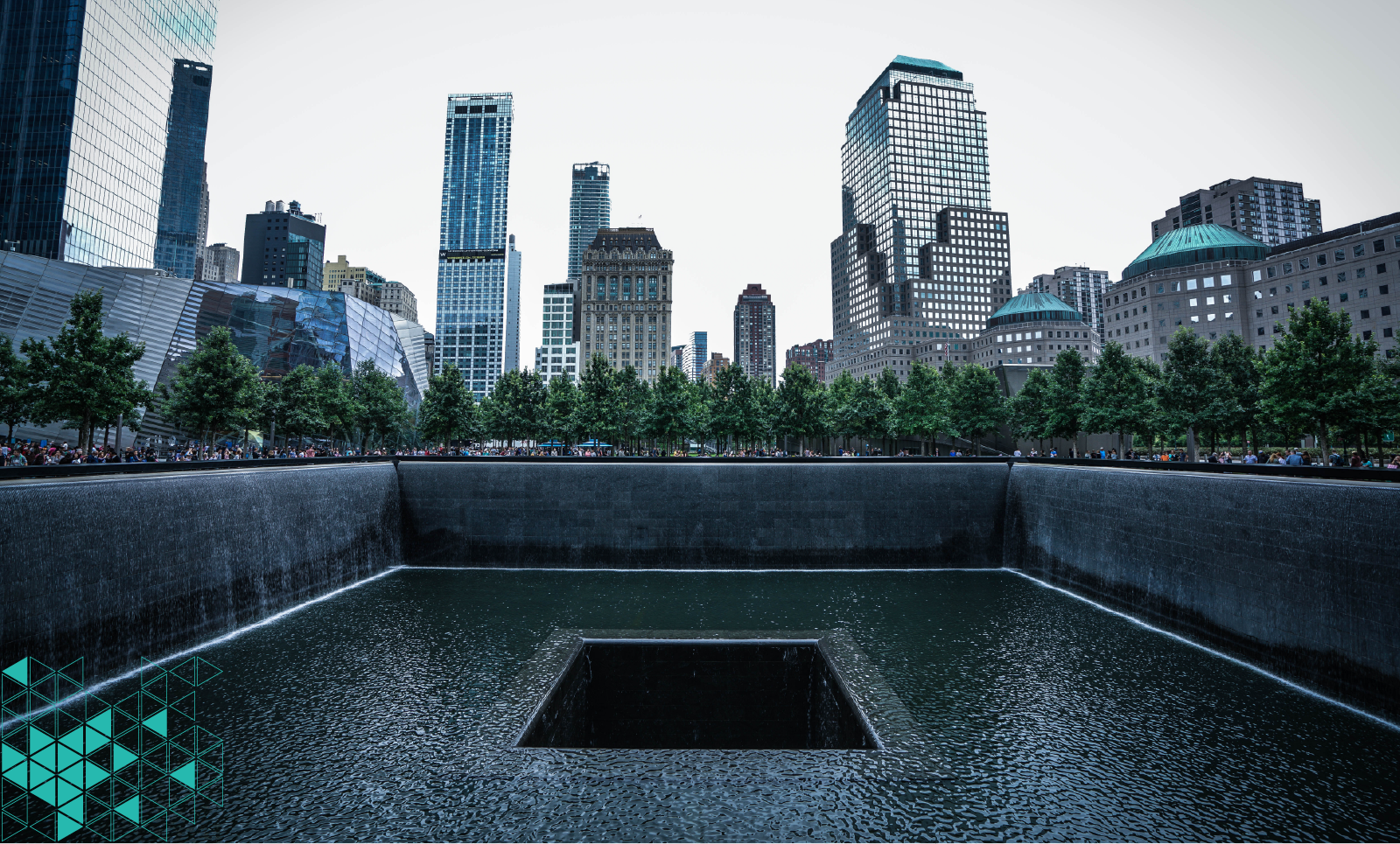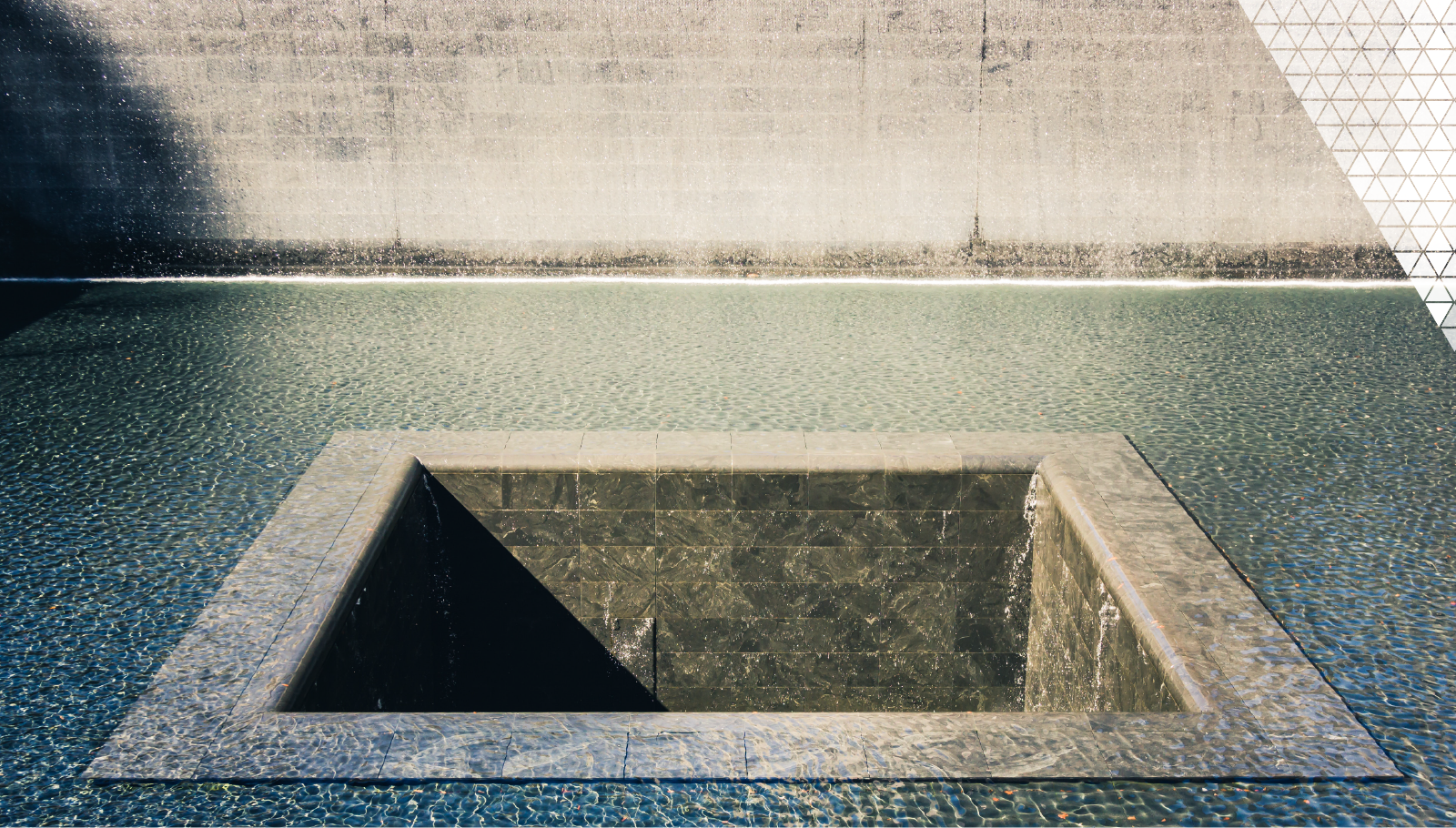In 1999, an architect named Michael moved from London to New York, a city where he knew no one. However, in just two short years, he developed a close connection to his transplant city and its community. Then, on September 11, 2001, his life was changed forever. Like every New Yorker who was fortunate enough to have survived the attacks, he was deeply affected and began questioning everything around him.
Not knowing what else to do, he began walking the city. He stopped at a small park with group of fellow New Yorkers looking at a public fountain. Surrounded by strangers silently listening to the flowing water, Michael felt a moment of peace amid the weight of the attacks and a deep connection to everyone around him. He didn’t know it at the time, but it was during this moment that he began searching for a solution to his problem - a way to help New Yorkers overcome their anxiety and sorrow after the tragic events of that day. This peaceful moment formed a passion within Michael. And it would be this passion that would take his career to a whole new level and help him defy all odds (but more on this later)....
When we’re young, society asks “what do you want to be when you grow up?” anticipating that we will respond with something like architect, lawyer, or engineer. But two people with the same exact job can have two totally different lives. For example, take a couple of software engineers, Sam and Cora - Sam is working on the next great social media app for parents; and Cora is creating a better way for baseball scouts to find the latest talent. So while both Sam and Cora are programmers, their interests are totally different. The problem is that we’re asking the wrong question from the very beginning. When you talk to someone who loves their career, they don’t talk about the intricacies of their job title or what they do. Instead they talk about the passion they have from the impact they’re making on other people’s lives.
It’s no secret that passion can make us do things we otherwise never would have thought we’d do. Whether it’s pulling an all-nighter to go the extra mile on something you’re proud of or doing something crazy for your kids. A ho-hum attitude never led to something world-changing. But how does passion actually make us more innovative? How does it spark creativity?
Well, a lot of it comes down to love. Love? What’s love got to do (got to do) with it? Well, when you love something, you spend a lot of time thinking about the object of your affection. You ruminate over it. It vacillates between dominating your thoughts and quietly persisting at the edge of your conscious mind. If you're passionate about your work, if you’re pursuing your purpose, then this is a kind of love. And it comes with a host of creative benefits.

Lensing
The first is a creativity boosting concept called lensing. Lensing is the act of viewing everything you experience as you go about your day through the lens of the problem you’re trying to solve. Now, of course, most of what you experience throughout your day won’t have much to do with your problem. A walk through the park. Waiting in line at the grocery store. Washing dishes. These are ordinary experiences, totally unrelated to the problem you're designing for. But that’s exactly the point. Creative breakthroughs often come by connecting two seemingly unrelated things.
Take the classic story of how Velcro was invented. A man by the name of George de Mestral was on a walk with his dog when he noticed all of these burrs stuck on his companion. After a “quick” look under the microscope, he was able to figure how Mother Nature was able to produce this effect, and he used this pattern as inspiration to create the Velcro we know today. Most people would never think to associate the two. But by thinking about what most people never would, you have some hope of coming up with an idea that’s entirely novel. After all, you’re not going to come up with something new by thinking about the same things in the same way as droves of other people.
If we look back at our friend Michael from the opening paragraph, lensing occurred the moment he realized he was at peace in the park. Despite the fact that he was simply listening to a fountain with strangers, his subconscious was working on solving the problem of how to help New York cope with the events of 9/11. So when he finally did feel at peace, he realized that this experience was something everyone else needed. He connected a water fountain with a way to help others and used this as inspiration for his design.
Play
The second way passion fosters creativity has to do with having fun. (Wow. First love, and now fun? What’s not to like?) When you’re doing something you’re passionate about, you’re largely free from stress and boredom, and your brain is able to revert to its default emotional state: happy, relaxed, and playful. Yes, that’s right, even in today’s crazy world, your default state of mind is happy. It’s kind of amazing we search so much for happiness when it’s actually right there, a core part of us all along. The key is to get rid of all that other stuff that’s covering it up.

Now we could get into the neuroscience that proves that our default state of mind is happy, but the truth is you already know this. People who are stressed out or unengaged are the least happy you encounter; however, none of us start out life stressed or bored. Think about your interactions with babies. Yes, babies cry — a lot. But they don’t cry most of the time. If they’re fed, rested, and comfortable, free from the pesky distractions of bodily needs :poop:, they’re happy. In fact, they’re playful. And here’s where we get to the link between happiness and creativity: play. Play is an essential state of mind to foster creativity. In fact, play is literally how we learn and develop creativity as children. Evolutionary biologists and psychologists believe this is the reason why kids play so much. The more we play, the more creative we are, and this creativity helped our ancestors come up with solutions to help them survive and thrive. But play isn’t just kid stuff. It has the same benefits for us as adults as well. When our mind is playful, we leave ourselves open to new ideas and are more willing to experiment, to try things out that may even seem silly, but in reality, could lead major creative breakthroughs.
This is what happened with Michael. After his peaceful moment by the fountain, he started sketching out ideas for a space for more people to be able to experience a similar moment of peace. Soon these sketches turned into physical models as Michael was just letting his passion guide him. And while this might not seem like “play,” to Michael it was a form of play. There wasn’t a deadline or any external pressure to create something; he was simply reverting back to his childhood days of creating something on his own for fun.
Three Years Later Though...
There was something with a deadline - one of the most anticipated design competitions of all time. New York was hosting a competition for a September 11th memorial. So Michael Arad dusted off those models and applied - competing against over five thousand of the most prestigious architecture firms in the world. It seemed like a total longshot. He was by no means a starchitect (star architect for those of you not up on the lingo). But despite his lack of credibility he made the final 8. Of the finalists, he was the only one without a team, earning him the nickname, “The Lone Wolf.” It seemed impossible for one man alone to beat out so many powerful architecture firms, but on the day the winner was announced, he couldn’t believe it - he won! His passion and empathy to help New Yorkers pushed him over the top.

For those of you who’ve never had the opportunity to experience the beautiful memorial, it’s pretty obvious how Michael’s original moment of peace around a fountain with strangers manifested itself into what exists today. The memorial is an 8-acre clearing in the middle of one of the most densely packed cities in the world. There is a field of trees and two enormous voids containing waterfalls on the exact footprints of the two towers. Water flows into these voids, yet never fills them, reminding us that nothing can replace what was lost that day. The noise from the waterfalls creates a soundscape that’s quiet, allowing for you to be in your own space and reflect on the events of that day; just as Michael did in the weeks after the attacks.

After first hearing the story in Debbie Millman’s Design Matters Podcast, I was really moved by the thought of Michael making these models on his own a full three years before the competition was even announced. It shows just how powerful passion can be.
Looking back at the original question “what do you want to be when you grow up?” it’s clear now that it should probably be rephrased. Instead of asking ourselves what, we should be asking ourselves “who we want to help.” Reframing this question will ultimately lead us down a path where we’re able to produce our most innovative work. So in the spirit of helping each other out, I’ll ask you “Who are you passionate about helping?
[Update: I wrote a follow-up to this article called "5 Steps to Finding Your Creative Purpose" Check it out if you're interested!]





